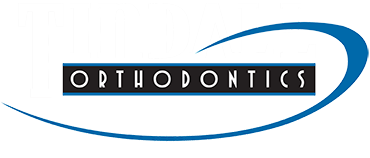Temporomandibular Disorder
Millions of Americans suffer from chronic facial and neck pain as well as severe, recurring headaches. In some cases, this pain is due to Temporomandibular Disorder, also known as TMD. Your temporomandibular joints, or TMJs, connect your lower jawbone to your skull. These joints get a lot of use throughout the day as you speak, chew, swallow, and yawn. Pain in and around these joints can be unpleasant and may even restrict movement.
If you notice you are experiencing any of the symptoms of TMD, let your orthodontist know at your free consultation appointment. Dr. Tindall can help determine if you have TMD and create a customized treatment plan to help relieve your symptoms.
Symptoms of TMD include:
-
Pain in the jaw area
-
Pain, ringing, or stuffiness in the ears
-
Frequent headaches or neck aches
-
Clicking or popping sound when the jaw moves
-
Muscle spasms in the jaw area
-
A change in the alignment of top and bottom teeth
-
Locked jaw or limited opening of the mouth

Not all jaw pain is associated with TMD
If you feel that you might have TMD, it is always important to see your orthodontist and receive an exam. However, not all jaw pain is associated with TMD, and if you do not have TMD there are many different preventive steps you can take to maintain a healthy, strong smile.
- Relax your face — “Lips together, teeth apart”
- Avoid grinding your teeth
- Avoid all gum-chewing
- Don’t cradle the phone receiver between your head and shoulder — either use a headset or hold the receiver to your ear
- Chew food evenly on both sides of your mouth
- Do not sit with your chin resting on your hand
- Practice good posture — keep your head up, back straight, and shoulders squared
Many people get TMD without ever having braces. Symptoms usually wax and wane regardless of whether braces are worn. If you are experiencing any of the symptoms listed above and are concerned that you’re a candidate for TMD treatment, please schedule a free consultation with our office.

